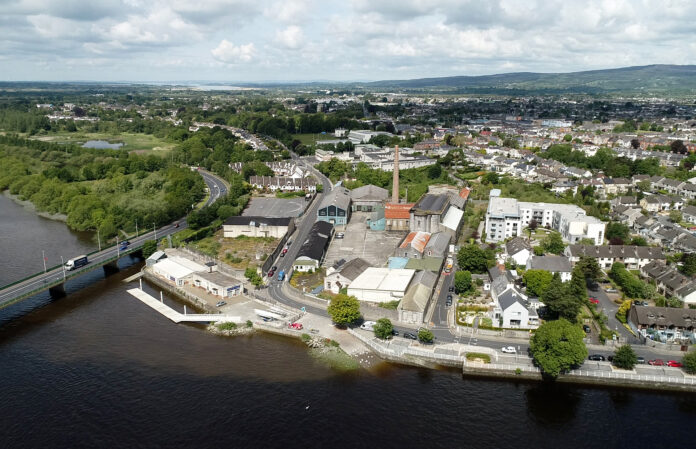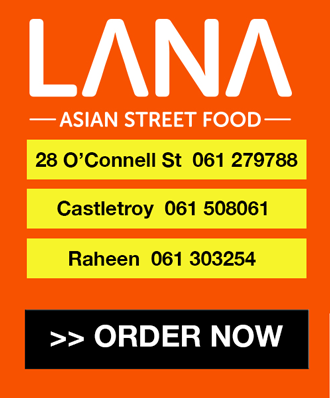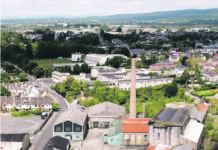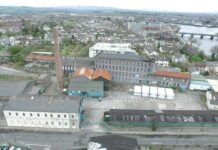
WILL people coming from County Limerick to work on the Cleeves Riverside Quarter development have to travel by horse and leave it to graze outside?
This was the question put to members of the Limerick 2030 Development Company by Fine Gael councillor Stephen Keary at last week’s Limerick City and County Council Economic Development meeting.
The Cathaoirleach of the Adare-Rathkeale Municipal District also wanted to know if all 700 residents of the ambitious €500 million project would be given bicycles due to the major problems with traffic flow in this area of the city.
“There’s no provision of multi-storey car parking but you have no issues building in a Class A Flood Zone,” Cllr Keary added.
Cllr Keary also took issue that this was allowed while a much-needed primary care centre was refused planning in Caherdavin.
“I hope the scheme goes well,” the former mayor commented.
But he wasn’t done with the Limerick 2030 executives.
“We were given a commitment last year that Limerick 2030 would be half city and half county. To date, we have been given nothing,” he added.
Independent councillor Eddie Ryan suggested that the property development company should change their name to “Limerick City 2030”. He also took the view that the old railway station in Knocklong, County Limerick, is one they should consider developing.
“You are spending half a billion, piling money into the city. We will see how it works out,” Cllr Ryan commented.
Programme Manager at Limerick 2030 Enda Power told council members that they were following best practices and also pointed out that they are looking at identifying a project in County Limerick.
The Cleeves Riverside Quarter project has secured €35 million from the Urban Regeneration Development Fund. One of the prime objectives set for the area, which was one of Ireland’s leading industrial sites employing over 2,000 at the end of the 19th century, are that it supports the growth of a strong local economy.
The objectives also include encouraging investment, retaining and integrating its heritage, and accommodating a mix of uses. The plan seeks to develop a public realm that links to the city core and the River Shannon, while delivering a high-quality, sustainable, and innovative urban design.
This will be delivered through a combination of residential units, commercial real estate, and mixed-use educational and cultural attractions.
There will also be a strong emphasis on public access, walking and cycling networks, enhanced streetscapes, and will involve the removal of sections of the existing Cleeves wall and improving traffic circulation.










